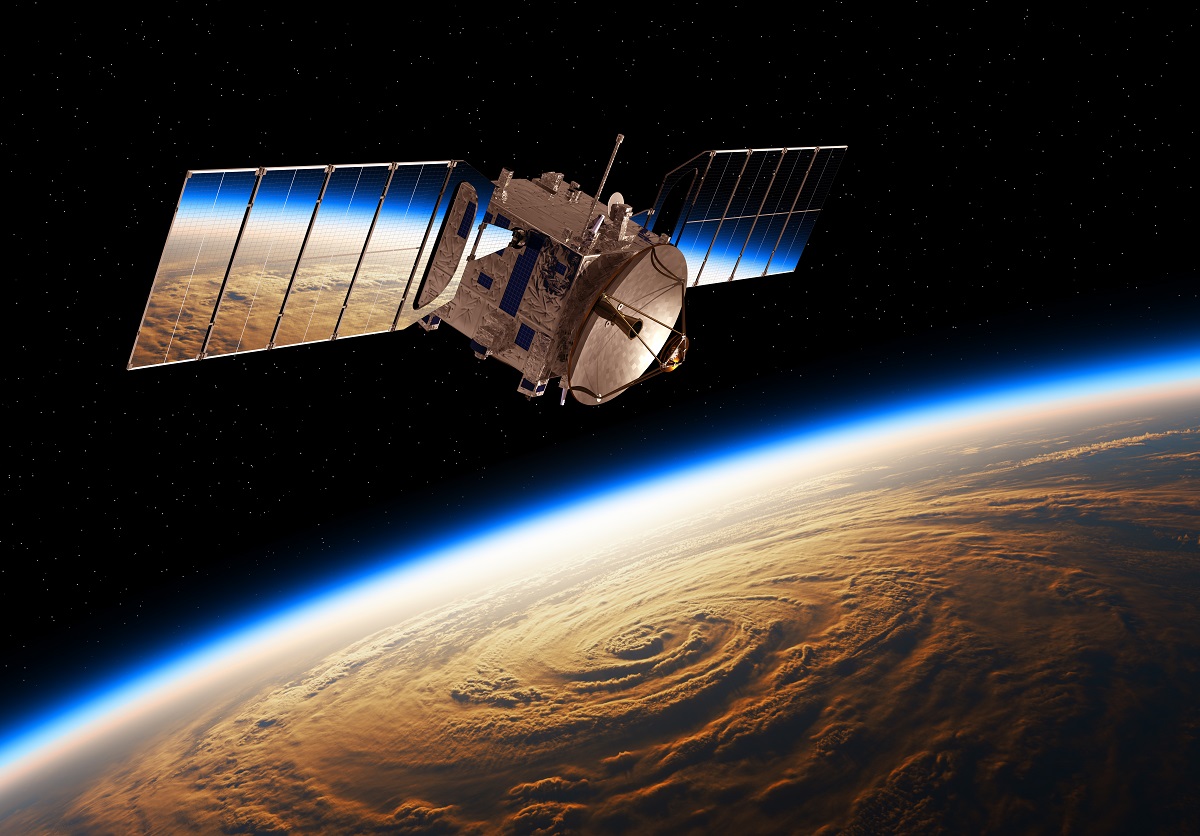Astrozolt , a groundbreaking advancement in the field of space exploration, is poised to redefine the way humanity interacts with the cosmos. Developed through years of cutting-edge research and innovation, Astrozolt Technology promises to unlock new frontiers in space exploration, satellite communication, and scientific discovery. In this article, we will delve into the intricate details of this technology, its applications, and the potential it holds for the future of space exploration.
Understanding Astrozolt Technology
Astrozolt is a multifaceted approach to space exploration, incorporating elements of robotics, artificial intelligence (AI), and advanced propulsion systems. It draws inspiration from the natural world, where the efficiency and adaptability of organisms have inspired engineers and scientists to create a technology that can mimic and surpass the abilities of living organisms. Astrozolt achieves this by fusing biology with technology.
- Biomimicry in Astrozolt
Biomimicry, the emulation of nature’s designs and processes, is a cornerstone of Astrozolt Technology. Researchers have drawn inspiration from a variety of natural phenomena to enhance spacecraft and robotic systems. For example, robotic structures and mechanisms are designed to mimic the flexibility and adaptability of certain animals, enabling them to navigate through challenging environments in space.
- Artificial Intelligence in Astrozolt
Astrozolt incorporates cutting-edge artificial intelligence systems to make autonomous decisions and adapt to various scenarios. These AI systems are critical for the success of missions in deep space, where communication delays with Earth can be substantial. The integration of AI allows spacecraft and robots to make real-time decisions, enhancing their efficiency and responsiveness.
Applications of Astrozolt Technology
Astrozolt is being leveraged in various domains of space exploration, satellite communication, and scientific research. Here are some of the remarkable applications:
- Deep Space Missions
Astrozolt-driven spacecraft are ideal for deep space exploration, where communication delays can range from minutes to hours. The AI-driven systems ensure that the spacecraft can adapt to unforeseen circumstances, making them more resilient and capable of conducting scientific experiments and collecting valuable data.
- Planetary Exploration
Robotic rovers equipped with Astrozolt are revolutionizing planetary exploration. These rovers possess the ability to navigate challenging terrains, analyze soil and rock samples, and send back real-time data to scientists on Earth. This technology enhances our understanding of other celestial bodies and their potential habitability.
- Satellite Communication
Satellite networks using Astrozolt are more efficient and adaptable to dynamic situations. These advanced satellites can reposition themselves in response to changing user demands, significantly improving the speed and quality of global communication.
- Space Telescopes
Astrozolt-driven space telescopes are now equipped with AI systems that can adjust their observation parameters, ensuring that they capture the most relevant data. This adaptability allows astronomers to maximize their research outcomes, leading to groundbreaking discoveries in astrophysics and cosmology.
The Future of Space Exploration with Astrozolt
Astrozolt Technology represents a paradigm shift in space exploration and its applications are poised to grow in the coming years. The following are some of the potential developments that we can anticipate:
- Interstellar Exploration
Astrozolt-powered spacecraft may become the foundation for interstellar missions. The adaptability and resilience of this technology could be the key to sending robotic probes to other star systems, potentially uncovering the secrets of distant exoplanets.
- Advanced Space Habitats
Astrozolt can be applied to the development of space habitats. These habitats could be self-sustaining, thanks to advanced AI systems that manage life support, agriculture, and recycling processes. This is crucial for long-duration missions to the Moon, Mars, or beyond.
- Climate Monitoring and Earth Observation
Astrozolt-powered satellites could significantly enhance climate monitoring and Earth observation. The adaptability of these systems allows for precise data collection, which is crucial for understanding and addressing climate change, natural disasters, and environmental changes.
Conclusion
Astrozolt Technology is on the brink of revolutionizing space exploration and the way we interact with the universe. By combining the principles of biomimicry with advanced AI and propulsion systems, this technology promises to open new frontiers in science, communication, and planetary exploration. As we look to the future, the potential for Astrozolt Technology seems limitless, offering exciting opportunities for humanity to expand its reach into the cosmos and better understand the universe we call home.


